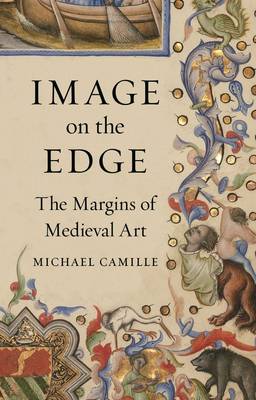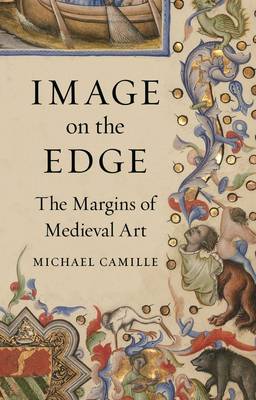
- Afhalen na 1 uur in een winkel met voorraad
- Gratis thuislevering in België vanaf € 30
- Ruim aanbod met 7 miljoen producten
- Afhalen na 1 uur in een winkel met voorraad
- Gratis thuislevering in België vanaf € 30
- Ruim aanbod met 7 miljoen producten
Zoeken
€ 22,95
+ 45 punten
Uitvoering
Omschrijving
What do they all mean--the lascivious ape, autophagic dragons, potbellied heads, harp-playing asses, arse-kissing priests, and somersaulting jongleurs to be found protruding from the edges of medieval buildings and in the margins of illuminated manuscripts? A groundbreaking, celebrated study of marginalia in mediaeval art, Michael Camille's Image on the Edge explores this riotous realm so often explained away as mere decoration or zany doodles, a place where resistance to social constraints flourished. Along with their loftier subjects of knights and clerics, medieval image-makers focused attention on the underside of society, the excluded and the ejected. Peasants, servants, prostitutes, and beggars all found their place in their artworks, engaged in impudent antics in the margins of prayer-books or, as gargoyles, on the outsides of churches. Camille's essays illuminate how marginality functioned in medieval culture, showing us just how scandalous, subversive, and amazing the art of the time could be.
Specificaties
Betrokkenen
- Auteur(s):
- Uitgeverij:
Inhoud
- Aantal bladzijden:
- 208
- Taal:
- Engels
Eigenschappen
- Productcode (EAN):
- 9781789140064
- Verschijningsdatum:
- 10/07/2019
- Uitvoering:
- Hardcover
- Formaat:
- Genaaid
- Afmetingen:
- 147 mm x 218 mm
- Gewicht:
- 498 g

Alleen bij Standaard Boekhandel
+ 45 punten op je klantenkaart van Standaard Boekhandel
Beoordelingen
We publiceren alleen reviews die voldoen aan de voorwaarden voor reviews. Bekijk onze voorwaarden voor reviews.











